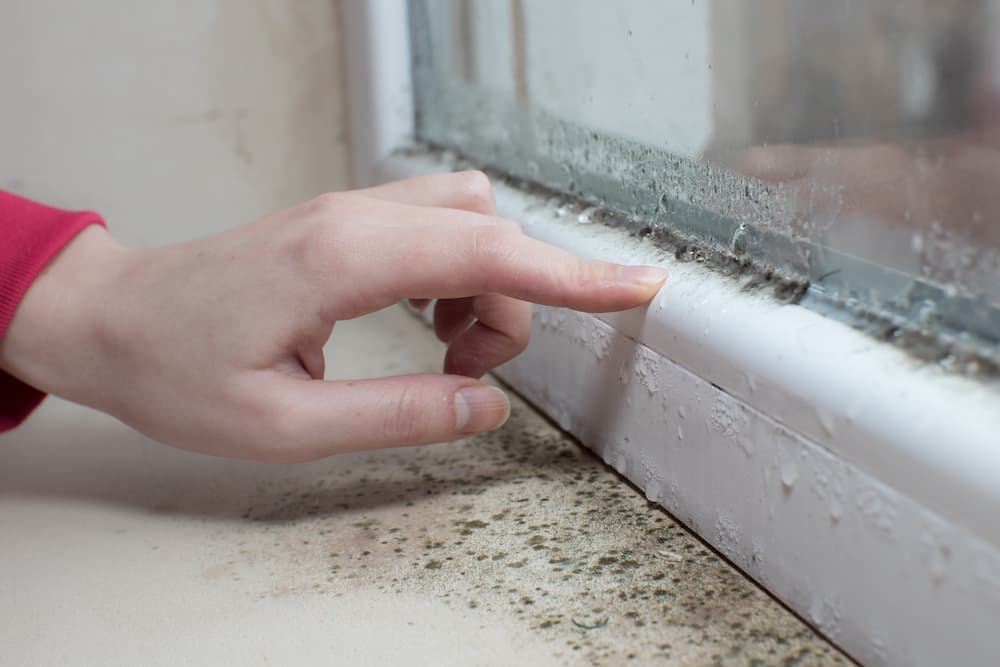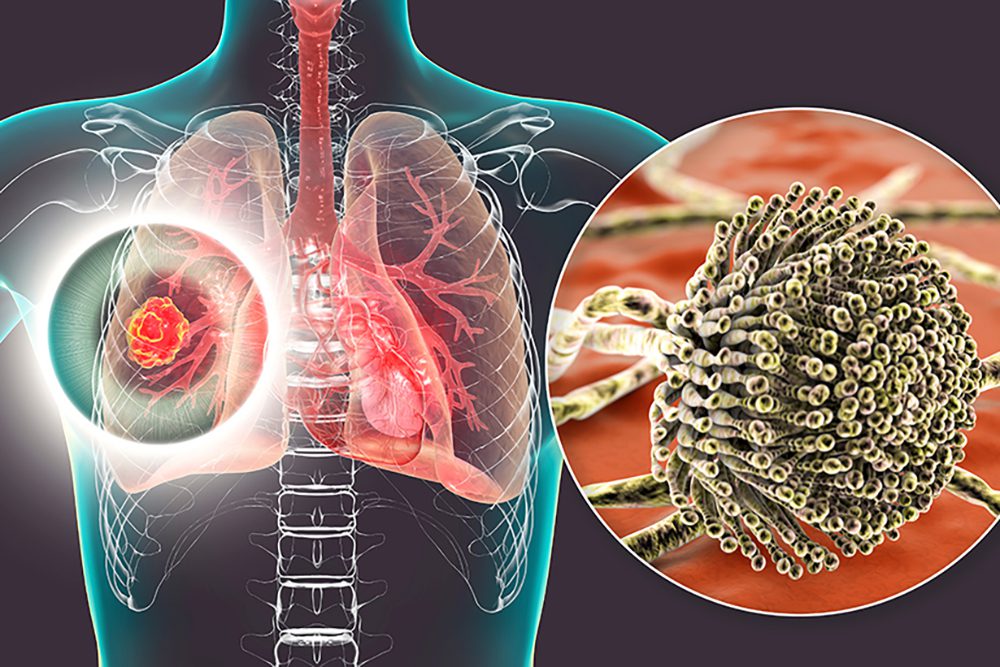Mold is more than just an eyesore; it’s a silent invader that can seriously affect both your health and your home. In Columbia, Tennessee, where the humidity levels often create ideal conditions for mold to thrive, understanding the risks and knowing how to combat mold is crucial. Whether you’re a homeowner, renter, or simply concerned about your health, this blog will shed light on the hidden dangers of mold, clear up common misconceptions, and provide practical steps to protect your home. Plus, don’t miss our upcoming webinar where we’ll dive deeper into identifying and eliminating mold from your home and body.
Understanding Mold and Its Impact in Columbia, Tennessee

What is Mold?
Mold is a type of fungus that grows from tiny spores that float in the air. In a place like Columbia, Tennessee, where the air can be warm and humid, these spores can easily find a moist spot to settle and grow. Mold comes in various forms and colors, and while not all molds are harmful, many can have serious impacts on your health and the structural integrity of your home.
Mold plays a natural role in breaking down organic material like leaves and wood outdoors. However, when mold starts to grow indoors, it’s a different story. Mold growth inside your home isn’t just unsightly; it can lead to serious health problems and cause significant damage to your property if left unchecked.
How Mold Grows Indoors in Columbia
For mold to grow, it needs moisture, warmth, and an organic food source—conditions that are often found in homes in Columbia, especially during the humid summer months. Areas like basements, bathrooms, and around windows are particularly vulnerable because they tend to trap moisture.
Even a small water leak or high humidity level can provide enough moisture for mold to start growing. For example, a bathroom that isn’t well-ventilated after showers can quickly develop mold in the corners of walls or ceilings. Similarly, basements prone to dampness or water seepage are perfect breeding grounds for mold, particularly if they’re not properly sealed or ventilated.
Once mold begins to grow, it spreads quickly. Mold reproduces by releasing tiny spores into the air, which can then travel throughout your home, settling in new areas. That’s why it’s essential to address mold problems as soon as they’re detected and to take preventive measures to keep mold from taking hold in the first place.
The Health Risks of Mold
Mold exposure can lead to a wide range of health issues, depending on the type of mold, the extent of exposure, and an individual’s sensitivity. In Columbia, where the humid environment can make mold a persistent problem, it’s vital to understand these risks.
- Respiratory Issues: Mold spores can irritate the respiratory system, causing symptoms like coughing, wheezing, throat irritation, and shortness of breath.
- Allergic Reactions: People with mold allergies might experience sneezing, runny or stuffy nose, red or itchy eyes, and skin rashes. These symptoms can become chronic with continued exposure.
-
Asthma Attacks: For those with asthma, mold exposure can trigger severe attacks that are difficult to manage and may require medical intervention.

Long-term Health Effects:
- Chronic Respiratory Conditions: Prolonged exposure to mold, particularly toxic molds like black mold, can lead to chronic respiratory conditions such as bronchitis or chronic obstructive pulmonary disease (COPD).
- Mold Toxicity: In some cases, individuals can develop mold toxicity, where the body becomes overwhelmed by the mycotoxins produced by mold. This can lead to symptoms like chronic fatigue, headaches, brain fog, joint pain, and even neurological issues.
- Immune System Suppression: Continuous exposure to mold can weaken the immune system, making the body more susceptible to infections, cancer, and other illnesses.
Mold exposure isn’t something to be taken lightly, especially in Columbia’s climate. The effects can range from mild irritation to severe, life-altering conditions. Understanding these risks is the first step in protecting your home and health from mold.
Common Objections to Mold Concerns in Columbia (and How to Overcome Them)
Objection 1: "I Don’t See Any Mold, So My Home in Columbia Must Be Safe"
A common misconception is that if you don’t see mold, it doesn’t exist. Unfortunately, mold often hides in places where it’s not easily visible. In Columbia, where homes may have hidden moisture issues due to the climate, it’s crucial to stay vigilant.
Mold can grow behind walls, under carpets, inside HVAC systems, and even within insulation. Musty odors, unexplained allergic reactions, or persistent respiratory symptoms can all be signs that mold is present, even if you don’t see it. Regular inspections, especially in moisture-prone areas, and using mold detection tools can help uncover hidden mold problems before they become severe.
Objection 2: "A Little Mold Won’t Hurt"
It’s easy to dismiss a small patch of mold as harmless, especially in an out-of-the-way area like a basement. However, in the humid environment of Columbia, what starts as a tiny spot can quickly spread and pose serious health risks. Mold doesn’t stay small for long and can compromise indoor air quality and cause health issues.
Objection 3: "Mold Remediation is Too Expensive"
The cost of professional mold remediation can deter some people from addressing the issue. But in Columbia, where mold can spread rapidly due to the humidity, ignoring the problem can lead to even more expensive repairs and health issues down the line. Early intervention is key to keeping costs down and ensuring the safety of your home and health.
Steps to Protect Your Home and Health from Mold in Columbia
Preventing Mold Growth in Columbia Homes
Preventing mold from growing in your Columbia home starts with controlling moisture levels.
- Control Humidity Levels: Keep your home’s humidity below 60%, ideally between 30% and 50%. Use dehumidifiers in basements and other damp areas, and ensure air conditioning units are maintained to help keep humidity levels low during the warm months.
- Fix Leaks and Water Issues Promptly: In Columbia, where seasonal rains can lead to leaks, it’s crucial to repair any water issues immediately to prevent mold growth.
- Ensure Proper Ventilation: Proper ventilation in kitchens, bathrooms, and laundry rooms is essential to prevent moisture buildup. Use exhaust fans to vent moisture outside, and consider additional ventilation if your home is tightly sealed.
- Use Mold-Resistant Products: When renovating your home in Columbia, opt for mold-resistant drywall, paint, and insulation to reduce the chances of mold growth.
Identifying Mold in Your Columbia Home
Even with the best prevention efforts, mold can still find its way into your home. Regular inspections, paying attention to musty odors, and using mold testing kits can help you catch mold early.
The Importance of Addressing Mold Holistically in Columbia
Mold in the Body
Mold exposure doesn’t just affect your home—it can have serious consequences for your health. In Columbia, where mold can thrive, it’s important to consider both your environment and your body in your prevention and treatment strategies.
Detoxifying the Body from Mold
If you’ve been exposed to mold, detoxifying your body is essential. Focus on a diet rich in antioxidants and anti-inflammatory foods, and consider supplements like binders, glutathione, and probiotics to support your body’s natural detoxification processes.
Environmental Detox
Detoxifying your environment is just as important. Thoroughly clean any mold in your home and consider using air purifiers with HEPA filters to remove mold spores from the air.
In conclusion, mold is a significant threat in Columbia, Tennessee, given the local climate that favors its growth. By understanding the hidden dangers of mold, recognizing the signs of its presence, and taking proactive steps to prevent and address mold growth, you can protect both your home and health.
Join Our Webinar: Learn more about mold’s impact in Columbia by joining our upcoming webinar. Gain expert insights, effective strategies for mold removal, and tips on detoxifying your body from mold exposure. Sign up today to take control of your environment and health.
Bonus: Access the Tonya LaHatte Mycotoxin Detox Protocol
Take the next step in your mold recovery journey by accessing my Mycotoxin Detox Protocol. This guide is designed to help you detoxify your body from mycotoxins—the harmful compounds produced by mold.

